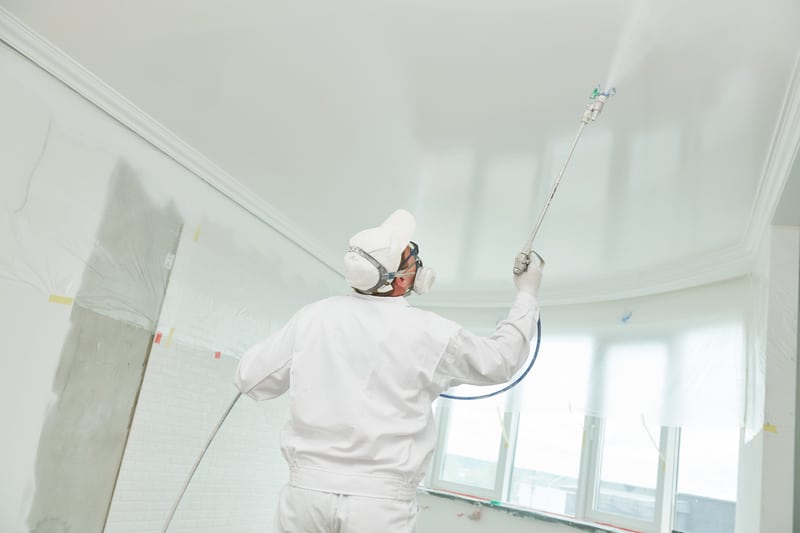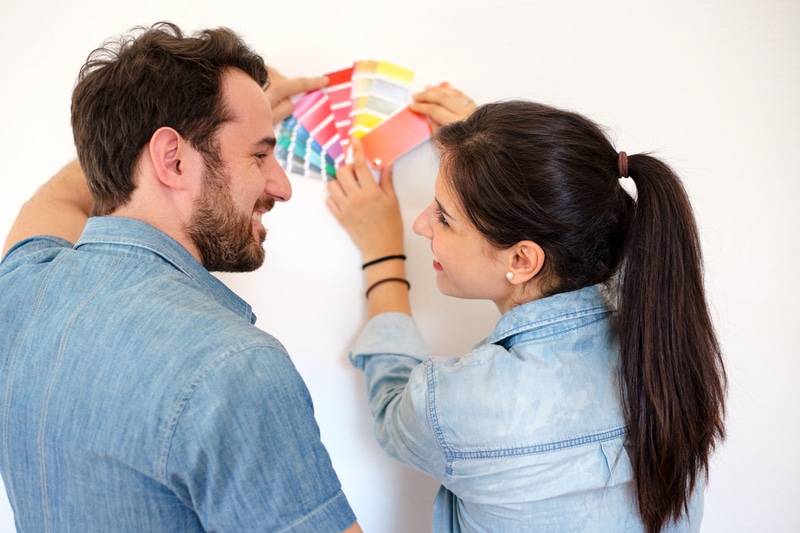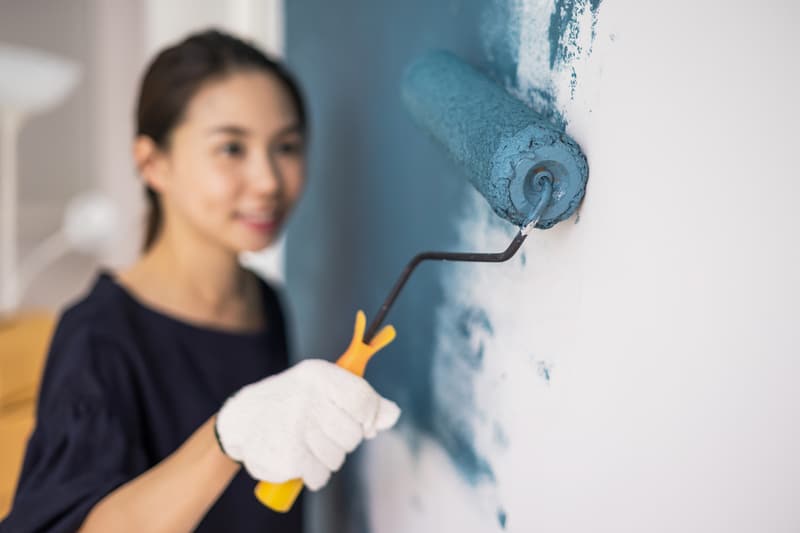Interior Painting


One of the easiest ways to freshen up the interior of your home or property is with a fresh coat of paint! Interior house painting both adds value to your property and gives you an opportunity to add some personality to a space. Need an office with a chill vibe? Paint it green! Want a kitchen with some vibrancy? Yellow is a great option. Whether you want to focus on painting your walls, ceiling, trim, doors, or the whole thing, the ways you can update and refresh your interior spaces can seem endless!
Painting the inside of your home can be a fun project, especially if you don’t mind getting your hands dirty. However, there are a lot of variables to consider and many decisions to make before you begin. If you’re feeling overwhelmed, gathering a few ideas and suggestions could help you through the process. First, a few things to consider:
The cost of an interior painting job will differ depending on if you hire a professional painter or do it yourself. Additionally, the type of paint you purchase, the number of coats required, and whether or not you need primer will also affect the cost of any painting project.
First, let’s talk about the cost to hire a painting company. A professional painter will come with all the tools required as well as bring the exact amount of paint needed to do the job. Sometimes do-it-yourselfers overestimate the amount of paint they need and end up wasting the rest. Having a little extra is ok; it’s great for any patching you may need to do later.
A professional paint job for interior walls usually costs on average between $1.50 and $3.50 per square foot. The price difference comes from the number of paint layers required and the height of the walls. If you have very high walls, especially those that require a ladder, you will see an increase in cost. If you add in the ceiling and trim, then the average cost may be between $3 and $4 per square foot. If you just want your ceiling painted, the cost typically averages between $0.50 and $1 per square foot, while painting just the trim varies between $0.50 and $1.25 per square foot.
When painting on your own, the only costs you need to consider are the costs of your paint and your other materials. The cost of paint can vary between brands, finishes, and even between colors. Higher-end paints like Benjamin Moore or Sherwin Williams can cost between $50 and $70 a gallon, while lower quality but more affordable paints can cost between $30 to $45 per gallon. But you may end up spending more if you opt for a lower-quality paint, since you may need to do multiple coats to get the right coverage. Higher quality paints tend to last longer and may need fewer coats due to a better coverage rate. If you’re changing colors, you’ll likely need a primer and two coats of paint. Rough surfaces may also require sanding or two coats of paint. All of these things will affect the total cost of any paint job, whether you hire a professional or plan to do it yourself.


Many interiors have walls and ceiling of two different colors, as well as accent trim that is different from the wall color. Or, try adding some chair rail or beadboard to the lower half of your walls and doing a lower wall in a different color than the upper wall. You could also think about adding an accent wall in a bright or rich color for a dramatic flair without being too overwhelming. With so many different options and potential combinations, painting your home’s interiors is a project with many rewards.
Learn more about our most frequently asked questions
To hire a professional to paint your house interior will cost, on average, $2.20 to $3.80 per square foot.
Painting the interior of your home is easy. First, you need to clear the room. Next, lay down your drop cloths and tape the edges of the wall, so you don’t get paint on the ceiling or trim. Use a paintbrush to paint the corners and edges and a roller to cover the rest of the wall or ceiling.
To prime and paint it can take two to four days, depending on the size and color of the room.
If the colors are similar, then yes you can just paint over old paint. However, if you are changing colors then you will need a coat or two of primer.
Yes. A clean wall will make it easier for the paint to adhere.